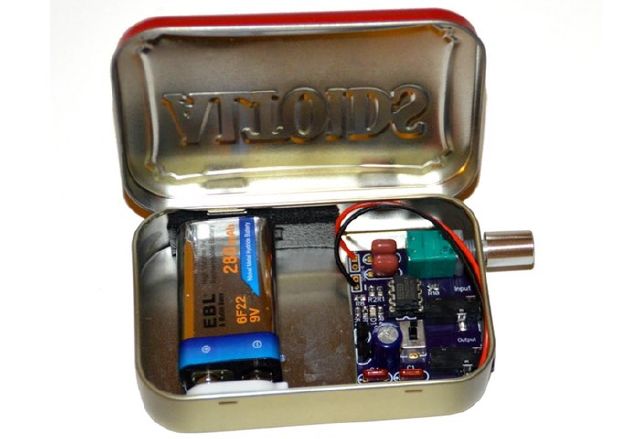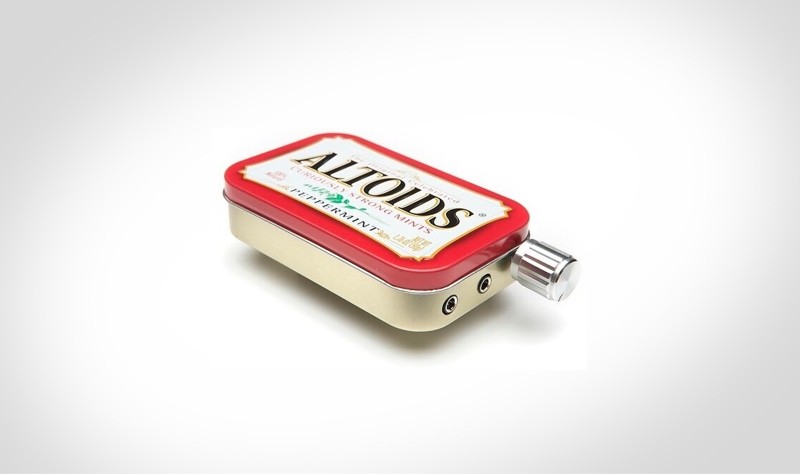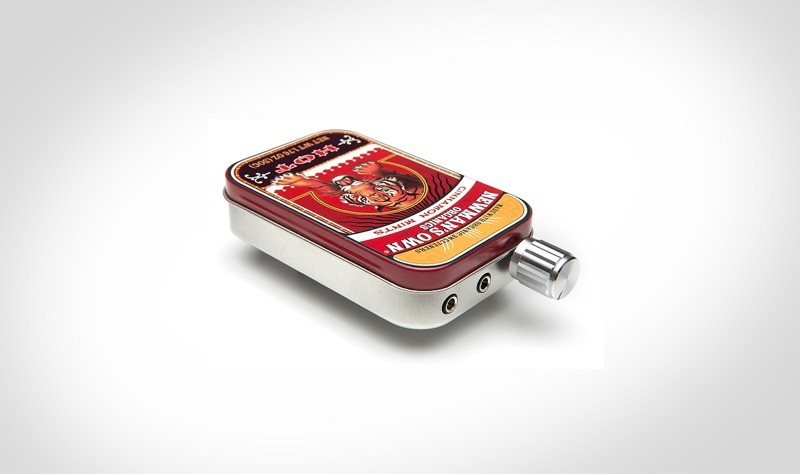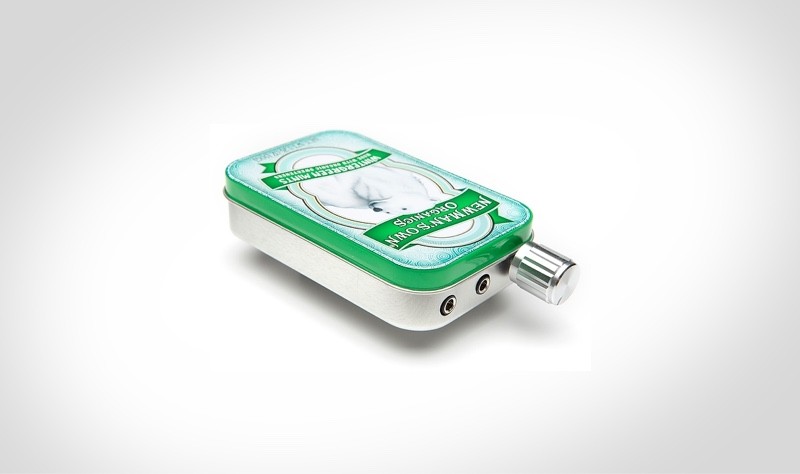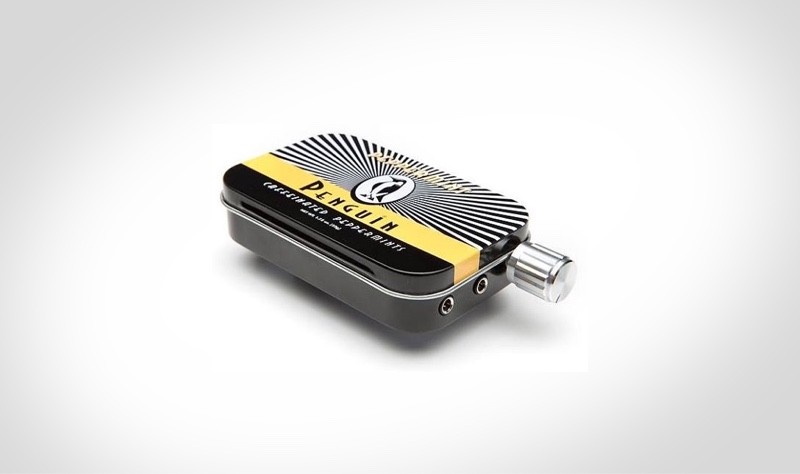After months of savings, you decided to splurge on a pair of high-end headphones. But, much to your disappointment, the sound quality was far worse than you had hoped. You did more readings and found that your headphones have a high impedance. Impedance measures how something resists electric flow. (Often measured in OHMS Ω.) High impedance requires more power to power up headphones to a reasonable volume. Your laptop or phone’s amplifier will not have enough power for high-impedance headphones. Not only will they be too quiet to enjoy, but they also won’t sound right at different frequencies. To solve this, you will need a powerful and pocket-friendly amplifier – CMoy headphone amplifier.
CMoy Headphone Amplifier (CMoy Amp)
CMoy is a term derived from its inventor, Mr. Chu Moy. He was the founder of the first headphone forum, HeadWize (now defunct). It was where he published the famous article – “A Pocket Headphone Amplifier”. The article was the blueprint to build an affordable and portable amplifier. The steps to build the CMoy amp are well documented. The project involves The last part will involve getting your hands dirty with some electrical soldering. So if you have some prior experience, it will sure come in handy! However, if you are a total noob, have no fear. You can find the step by step tutorial, How to Build the CMoy Pocket Amplifier, on the TangentSoft CMoy Tutorial website. The CMoy amp does have its cult-like followings. A quick google search will bring up loads of results that should be able to answer any question that you have.
Key components for the CMoy Headphone Amplifier Kit
The first step towards a successful DIY CMoy amp project is to find all the parts required for assembling the amplifier. Here’s a little deep-dive on the DIY Kit you’ll come across as well as the components that you’ll need to pick for the project. A good DIY CMoy kit should The components needed to build the CMoy amp might seem daunting to beginners. Hence, we compiled a list of the essential components below. A complete CMOY DIY Kit will include the following components: All the parts need to be of specific types and measurement values for the CMoy amplifier. The best place for this information is the Part Lists and Suggestions article from the TangentSoft CMoy Tutorial. It’s important that you check out the guidelines on this tutorial down to the last letter, not only for the precise models of components required but also for the build instructions.
Selecting the right CMoy DIY Kit
Not all CMOY kits are created equal. As such, there are kits that include cheap low-quality parts and circuit boards. So how do you look for an amplifier kit constructed with only high-quality components? Follow the usual steps of checking online reviews and manufacturer reputations. A popular place to get DIY CMoy amp kit is from JDS Labs.
Ok, this is too much work, where can I buy one?
Custom Enclosure
Lucid Labs is an American company that sells a variety of CMoy amplifier. It ranges from the classic red Altoids mint tin to the rad-looking, bumblebee-colored penguin tin. They are able to work with headphones from 30 Ohms to 300 Ohms. High impedance headphones, like Beyerdynamic DT-1350-80 and AKG K701, are known to work well with the CMoy amp built by Lucid Labs.
Custom Performance
As different headphones have their own impedance level, there is no one-size-fits-all CMoy amp. Companies like JDS Labs can help customize the CMoy amp according to the needs of your headphones.
Can I use this for low impedance headphones?
If the CMoy amp kit works well for high impedance headphones, it should work equally well for low impedance headphones too right? Wrong. Within the classic CMoy design, we have one op amp running the show. This op amp amplifies voltage which high impedance headphones need. But if we send amplified voltage through a low impedance (less than 30 Ohm) headphone, this increases the amount of current running through the connected circuitry. This might exceed the current limit of the amplifier, resulting in sound distortion and an overall decrease in sound quality.
